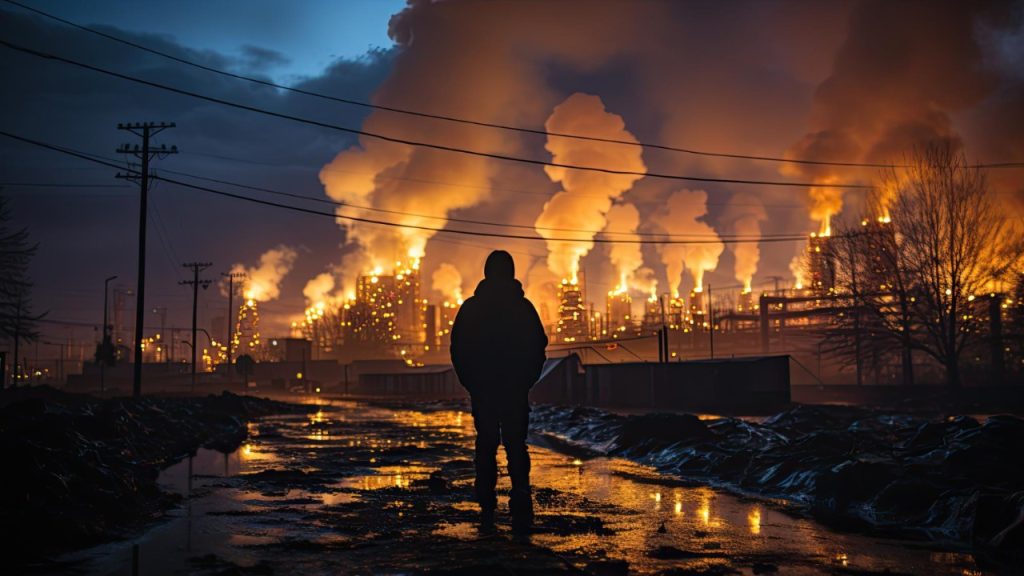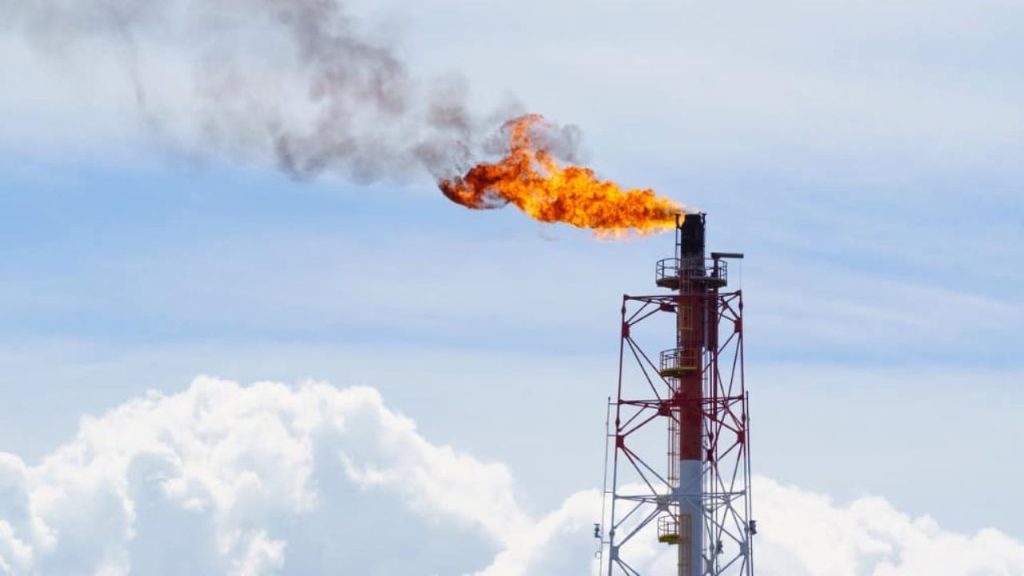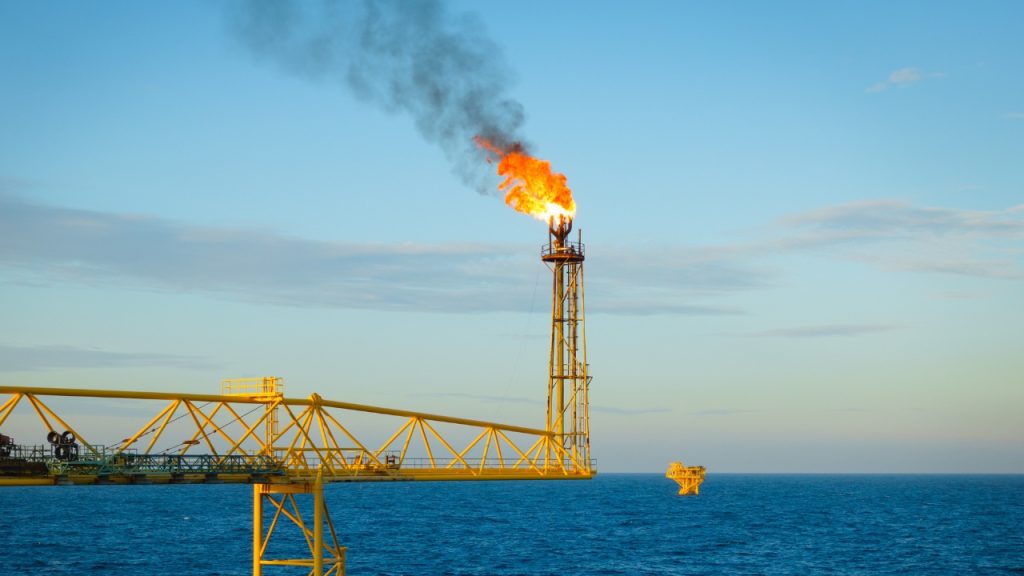Flare Ignition System
Flare Ignition System
Flare Ignition Systems a Means to Safeguard Industries and the Environment
Flare Ignition Systems are undoubtedly the lesser-known guardians of the Oil and gas industry. They are actively playing a role that is both necessary and effective, by ensuring good disposal of hydrocarbons, delivering safety, and promoting environmental compliance. This blog attempt is to discuss and dive into the world of Flare Ignition Systems, delving into their function, components, types, significance, and the industries that heavily rely on them for secure hydrocarbon disposal.
Understanding Flare Ignition Systems

Flare Ignition Systems are a meticulous and innovative arrangement of piping and equipment that are designed to effectively collect and safely incinerate hydrocarbon releases from a body industrial plan or similar structures. These types of releases can come from relief valves, blowdown valves, pressure control valves, or manual vents. Expert disposal of these emissions, which are potentially hazardous through combustion, greatly contributes to the safety and environmental protection of important industries.
They are what serve as the first line of defence against the emission of harmful substances into the environment. Containing and neutralising harmful emissions effectively and ensuring best practices. The absence of Flare Ignition Systems in industries would be catastrophic, as it would eventually lead to severe environmental concerns and put the plant in a vulnerable position.
How Flare Ignition Systems Work
As we delve into the world of Flare Ignition Systems we understand their importance at the surface level, but to really get a clear picture, we need to grasp their functioning. These magnificent systems are great at igniting fuel-air mixtures, ensuring that potentially dangerous gases are very safely combusted. They leverage pilot flames to serve as the ignition source and utilise ambient air as the oxidising agent, making them reliable and efficient in their operation.
The process begins when hydrocarbon releases enter the system through relief valves, blowdown valves, pressure control valves, or manual vents. These releases are typically a mixture of gases that must be safely disposed of. This is where Flare Ignition Systems come into play.
Within the system, a pilot flame, often generated by the Flame Front Generator (FFG), is ready to ignite the hydrocarbon mixture. The FFG pilot ignition line is filled with a combustible gas/air mixture, then ignited by a spark on the ignition skid. This spark generates a flame front that travels through the ignition line up to the flare burner, subsequently igniting the pilot gas and the waste gas in the flare burner.
An alternative to the FFG is the Electronic Spark Ignition (ESI) system, which generates a spark at the flare pilot nozzle every 30-45 seconds. This frequent sparking minimises the duration for which a toxic flare stream is vented unburned, further enhancing safety and environmental compliance.
Components of a Flare Ignition System

The core components of a Flare Ignition System comprise a well-orchestrated ensemble designed to work in unison. Each component serves a critical role in ensuring the safe and effective disposal of hydrocarbon releases.
Flare Stack
The towering structure that efficiently directs gases to the desired combustion location
Flare Tip
Often the simplest yet most critical part, the flare tip is where the gases are released, starting the combustion process.
Pilot
The pilot flame is the ignition source, a vital component to initiate the combustion process.
Gas Seal
Prevents the escape of gas from the system, enhancing safety.
Liquid Seal
Ensures that no liquid enters the system, maintaining its integrity.
Knockout Drum
Removes any liquid droplets or solids from the gas stream before combustion.
Ignition System
The heart of the system generates the spark required for ignition.
Understanding the roles of these components provides insight into the intricacies of Flare Ignition Systems and their exceptional reliability. For example, the knockout drum is instrumental in preventing liquid carryover, which could lead to inefficiencies or even damage to downstream equipment.

Types of Flare Ignition Systems

Diverse types of Flare Ignition Systems cater to different needs and circumstances.
Among the notable options are:
Flame Front Generator (FFG)
Widely used for its efficiency in igniting both pilot gas and waste gas.
Electronic Spark Ignition (ESI)
Minimises the venting of toxic flare streams by generating sparks at the flare pilot nozzle at regular intervals.
Understanding these different types empowers industries to choose the most suitable Flare Ignition System for their specific requirements. It’s worth noting that the choice of system can significantly impact the overall safety and environmental performance of an industrial plant.




Purpose and Significance

The primary objective of a Flare Ignition System is to safely collect hydrocarbon releases and prevent their release into the atmosphere. Failure to do so can have dire consequences, including environmental harm, safety risks, and explosive hazards. These systems are the unsung heroes safeguarding industrial plants and the people working nearby.
Without a reliable pilot ignition system like the FFG or ESI, hydrocarbon releases could potentially vent into the atmosphere, leading to environmental, personnel safety, and explosive consequences. In essence, these systems act as a safety net, ensuring that no combustible gas goes to waste without being safely disposed of.
Industries Employing Flare Ignition System
Flare ignition systems have their presence in many major industries, including oil and gas, refineries, treatment plants, garbage disposals, and other bodies that are in need of burning off their excess gas, namely methane. To ensure safety, environmental compliance, reduction in emissions, conservation of energy, and protection of nearby personnel and equipment, Flare ignition systems are crucial, almost to a very indispensable degree.
In the Oil and Gas industry, these systems are very important in dealing with excess gases, namely methane, and maintaining compliance with the environmental regulations. In the case of refineries, Flare Ignition Systems are used to manage and control gases of volatile nature originating in the necessary refining processes.
When it comes to water treatment plants, these systems play an essential role in controlling and managing odour-inducing gases that can be harmful to both the employee workforce and the environment. In the absence of these precautions, this may result in severe health risks and an elevation in air pollution.
Varieties of Flare Ignition Systems

The market offers several types of Flare Ignition Systems, each serving specific needs.
High Energy (HE) Ignition System
Generates the necessary energy to spark ignition in flare burners.
High Tension (HT) Ignition System
Utilises high voltage to create sparks for combustion.
Electronic Spark Ignition (ESI) System
Minimises unburned venting by generating regular sparks.
Flare Pilot Burners
Offer various types, including self-aspirating pilots, sonic pilots, and steam-assisted pilots.
Flare Tips
They come in various designs, including open pipe flare tips, air-assisted flare tips, multi-tip flares, coanda flare tips, and high-velocity tips.
Ignition Skids
Generate the essential sparks for ignition with options like the Flame Front Generator (FFG) and Electronic Ignition.
Knockout Drums
Remove liquid droplets or solids from the gas stream before it enters the flare.
Gas Seals and Liquid Seals
Play a critical role in preventing gas escape and liquid ingress, respectively.
The selection of the appropriate Flare Ignition System depends on the specific needs of the industry and the type of flare system being used. For instance, refineries dealing with a wide range of hydrocarbon gases may opt for High Tension (HT) Ignition Systems for their ability to handle varying gas compositions effectively.



Conclusion

Flare Ignition Systems, often operating quietly in the background, are the true guardians of safety and environmental stewardship across diverse industrial sectors. In a world where hydrocarbon emissions are an ever-present challenge, these systems shine as unsung heroes, ensuring that potentially harmful gases are safely and efficiently incinerated.
This comprehensive exploration of Flare Ignition Systems has peeled back the layers of complexity surrounding their operation. These systems are not just machinery but integral components in the broader endeavour of preserving our environment and safeguarding the well-being of workers and communities.
Professionals, students, and enthusiasts alike can appreciate the critical role played by Flare Ignition Systems in ensuring safety, compliance, and environmental responsibility. As industries continue to evolve and face new challenges, these systems will remain steadfast in their mission to protect both people and the planet.
FAQ's
A Flare Ignition System is a specialised arrangement of equipment that safely collects and combusts hydrocarbon emissions in industries. It plays a crucial role in preventing environmental hazards and ensuring safety by disposing of potentially harmful gases through combustion.
Flare Ignition Systems work by igniting fuel-air mixtures using pilot flames and ambient air as oxidising agents. They efficiently incinerate hydrocarbon releases from relief valves, blowdown valves, and other sources, ensuring the safe disposal of these emissions.
The core components of a Flare Ignition System include the flare stack, flare tip, pilot, gas seal, liquid seal, knockout drum, and ignition system. Each component plays a critical role in the safe and effective disposal of hydrocarbon releases.
Various types of Flare Ignition Systems, such as Flame Front Generator (FFG), Electronic Spark Ignition (ESI), and others, cater to different needs. Understanding these types empowers industries to choose the most suitable system for their specific requirements.
Flare Ignition Systems are crucial for preventing the release of harmful gases into the atmosphere. Without them, there can be dire environmental consequences, including air pollution and safety risks, making them indispensable for environmental protection.
Flare Ignition Systems find applications in various industries, including oil and gas, refineries, water treatment plants, and waste disposal facilities. They are essential for safety, environmental compliance, emission reduction, and the protection of personnel and equipment.
Career Related Blogs
Forward vs Reverse Supply Chain Everything to know about Everything to know about Forward vs Reverse Supply Chain Everything to know about …
Essential Skills for for Effective Hospital Administration Essential Skills for for Effective Hospital Administration Home -> Blog -> Essential Skills for Effective …
The Future of the Logistics Industry with Drone Supply Chain The Future of the Logistics Industry with Drone Supply Chain Home -> …
Flare Ignition System Flare Ignition System Home -> Blog -> Flare Ignition System Flare Ignition Systems a Means to Safeguard Industries and …
Understanding Warehouse Classification and Warehouse Storage Racks for Optimising Your Business Understanding Warehouse Classification and Warehouse Storage Racks for Optimising Your Business …
E-Logistics is Revolutionising the Supply Chain E-Logistics is Revolutionising the Supply Chain In the digital age, with its fast-paced progress, where technology …







